Often times, black cats with white paws and an underbelly (which we know as “tuxedo” cats), have markings that resemble white socks or boots. And there are many tabby cats that also have these adorable white accents on their legs/paws, like Marmalade, for one purrfect example:
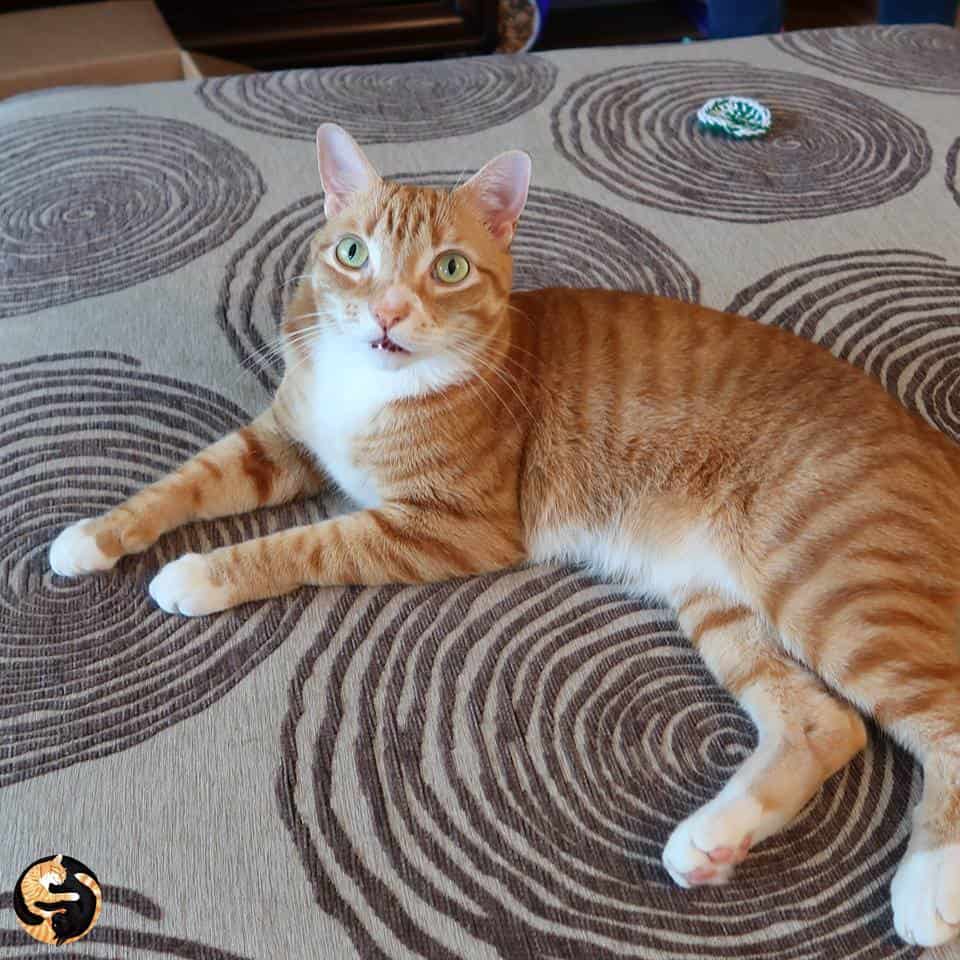
But have you ever wondered to yourself why cats have these markings? Popular Science covered this interesting phenomenon of why cats have white boots on the bodies, and the answer is quite interesting. Let’s dive in!
For starters, cats are not the only mammals that have “socks” like this.
In fact, these white splotches of pigment can occur in pigs, deer, horses, dogs, guinea pigs, birds, and, in rare cases, humans. But according to research, this white pigmentation is most commonly found in felines. And it comes as no surprise that “Socks” tops the list of tuxedo cat names.

Fun tuxedo cat fact: Although ginger tabbies are almost always male (just as calico cats are most always female), a tuxedo cat is not gender specific. There are roughly just as many male tuxedo (black and white coat pattern only) cats as there are female tuxedo cats.
So, what is the scientific term that causes these white boot markings we adore?
Piebaldism is why. Wondering what exactly that means? Keep reading!
Piebaldism comes as a result of a mutation in the KIT gene, which causes an unusual distribution of melanocytes—the cells that give eyes, skin, and hair or fur pigment. This condition usually manifests as white areas of fur, hair or skin due to the absence of pigment-producing cells in those regions. These areas usually arise on the front of an animal, commonly on the belly and the forehead.
Fun cat paw fact: The pigment that colors a cat’s fur and skin also gives color to the pads of the animal’s feet. Often the pads are the same color as the cat.

So, when exactly does science work its magic to give cats those white socks markings?
Popular Science explains how for us:
When a cat is still an embryo, all of its available melanocytes are bunched up toward its back, where its spinal column will eventually form. As the fetus develops into a mewling kitten, pigment cells spread throughout the developing body. If the melanocytes are evenly distributed, the cat could have a unicolor coat, like Sabrina the Teenage Witch’s all-black cat, Salem, or the all-white Hello Kitty. But in many animals, the cells spread irregularly. That’s how you get a cat like Sylvester, who’s black from his back to his legs, but white down to his toes.
Another interesting coat fact is about the famous markings of Siamese cats which have “points” on certain areas of their body: Siamese cats have a form of selective albinism that allows them to suppress melanin production based on temperature.

Celebrity tuxedo cats: The legendary Cat in The Hat from Dr. Seuss was based off of a tuxedo cat, as were Sylvester from Looney Tunes’ Tweety and Sylvester and Felix the Cat.
Cats are incredible little beings that always amaze us, aren’t they? Share these fun little facts about white socks, or “boots” with your cat lover friends. After all, you can never have to many cat facts at your disposal!
REMEMBER: ADOPT, DON’T SHOP; FOSTERING SAVES LIVES & SPAY AND NEUTER!
Related Story: The Colors Of The Worlds Most Beautiful Cats Eyes Related Story: Rescued Stray Tuxedo Kittens Fur Begins Turning White At A Year Old; And It’s Still Changing 2 Years Later!
Related Story: Rescued Stray Tuxedo Kittens Fur Begins Turning White At A Year Old; And It’s Still Changing 2 Years Later!



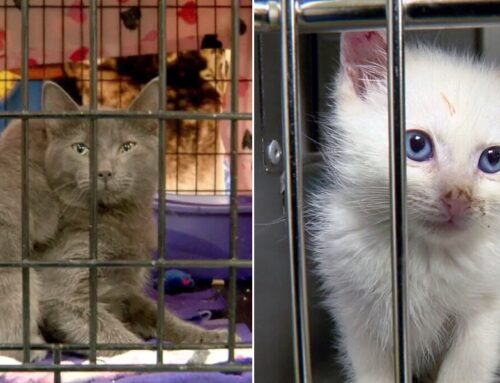
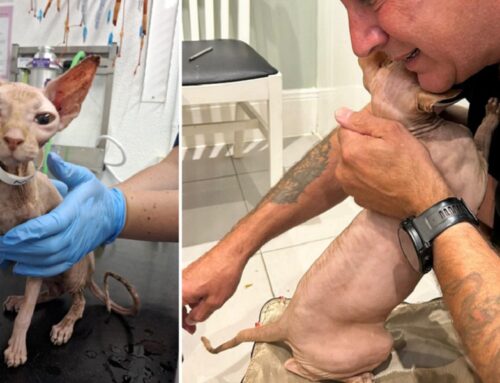
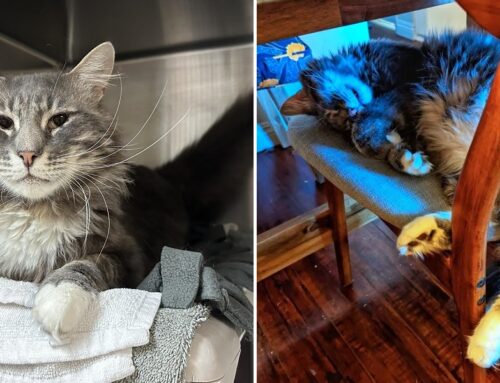




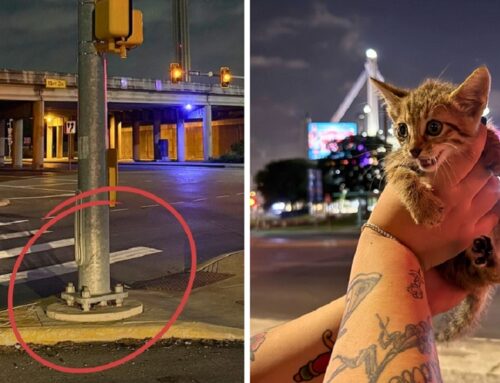


Wow, now I know why I have fine white feetz. Cool
Cat’s feet are sometimes like little pink jellybeans and look so sweet! My little red lady Adeen is still going through pigmentation changes… she is now getting black dots allong her lips and eyelines. She is litterally getting freckles!! And she has only three white feet… And only recently I found out she has a very tiny white tail end LOL I have picked her up from the streets about three years ago and still she has spots on her cat body that I discover and see for the first time. She is just a little gem that has the abillity to change a lot I would think 😛
My sister and I, between us, have three marmalade cats. All females! Guess that’s not so rare, for us anyway!
I have generations of gingers and up until the last litter 10 weeks ago, 99% of the kits were born female.
The ginger/tortoiseshell thing is because the ginger colour is X-linked (on the X chromosome). So male tortoiseshells must either be intersex or a chimera, both rare medical conditions, but female gingers are merely less common. If you breed a ginger male to a tortoiseshell female, the girls will (statistically) be 50/50 tortoiseshell/ginger, while the boys will be 50/50 ginger/brown. Because the girls will get a ginger gene from their father and either a brown or a ginger gene from their mother, while the boys only have one X chromosome to a have a ginger/brown gene on, having got a Y from their father.
I often wonder why they often have one random black spot on the back of a back foot.
Well, I still think cats get their fur color from God’s production line. I have a ginger, boy, with a lot of white. He’s a wild one and I call him smudge face because he looks like he smooshed his face in the ginger paint and was too impatient to get the rest of his ginger paint job finished before he went out to play. . Lol
Interesting story. 😊 Note small correction: “based ON.” (Think architecture, stable ON its base.)